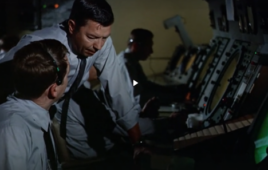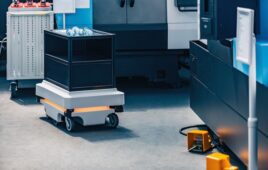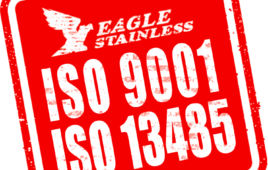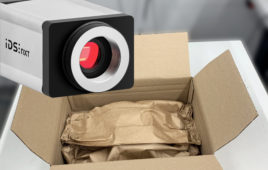Liberty Global CEO and president Mike Fries didn’t pull any punches in regards to questions on a general session panel about why TV Everywhere services haven’t entirely blossomed for cable operators and their content partners.
Fries also said the entire net neutrality debate was about video.
“Don’t be confused for a second, it’s all about video,” Fries said. “It’s half the consumption on the network today. In Europe its growing. Whether it’s a fast lane or volume based billing its all about video so it has changed very much our relationship with regulators.
“I’ll say one more thing, it did expose a failure of ours. It exposed a massive functionality gap. We have great content, we have great networks we have massive speeds and terrific relationships, but we had a functionally gap. Its as simple as that. It was easier, cooler and simpler to access content through a Netflix environment. It was easier to find content, navigate, search and view recommend content too, but we’re bridging that functionally gap. We’ve launched Horizon in Europe and Comcast has launched X1 and X2. My kids spend far more time on X2 than they do in other enviroments because its giving people what they want, a better viewing experience.”
When asked by moderator Betty Liu from Bloomberg Television why the cable industry didn’t do a better job, Fries said he was focused on the future.
“You don’t have to be first necessarily to find your own weakness and react to them,” he said. “I’m not concerned in the long run and I don’t think most operators are. But we have to work together because it requires scale to deliver a new experience, so we’re cooperating with Comcast and Time Warner Cable on the RDK platform, which is a software environment that works for advanced set top boxes and cloud based interfaces. If we work together we can achieve anything, quite frankly. I don’t stress about the past, I just worry about the future.”
Fries said Liberty Global was among the first cable operators to embrace DOCSIS 3.0 and the company is ready to do the same once DOCSIS 3.1 is fully functional. CableLabs CEO and president Phil McKinney said that DOCSIS 3.1 prototype hardware would be available at the end of this year with certifications and early deployments taking place by the end of next year. Broad deployments of 3.1 on a global basis are slated for 2016.
Aside of 3.1, McKinney said that CableLabs was also working on improvements in wireless with Wi-Fi in the home and in communities. CableLabs is also taking on the task of making authentication easier for subscribers.
As to why the cable operator community didn’t crack the authentication code early on for multi-screen services, McKinney said there were a lot of issues to work through.
“I think part of that is the complexity and the variety of devices that people want to consume on,” he said. “There are things that are coming out of Silicon Valley that are new every day that people get excited about.
“The other is making sure that you have the rights and you’re approved to distribute that content. Part of it is the catching up on the technology side, but also you need the negotiations of rights that you can deliver the content to those devices. Just because you have the rights on TV, doesn’t mean that as a cable operator that you have the rights to deliver that content on TV Everywhere. It’s catching up on the distribution rights to do that across all of the device platforms.”
Phil Lind, EVP, regulatory and vice chairman for Rogers Communications, said the cable industry still needed to come up with a “proper consumer care formula” because consumer expectations are increasing. Fries said 90 percent of Liberty Global’s set-top boxes were plug and play, which reduced truck rolls and eased subscriber frustrations. In order to better service subscribers, McKinney said CableLabs was working on better tools to predict when outages may occur before subscribers see them.
Filed Under: Cables + cable management, Industry regulations




